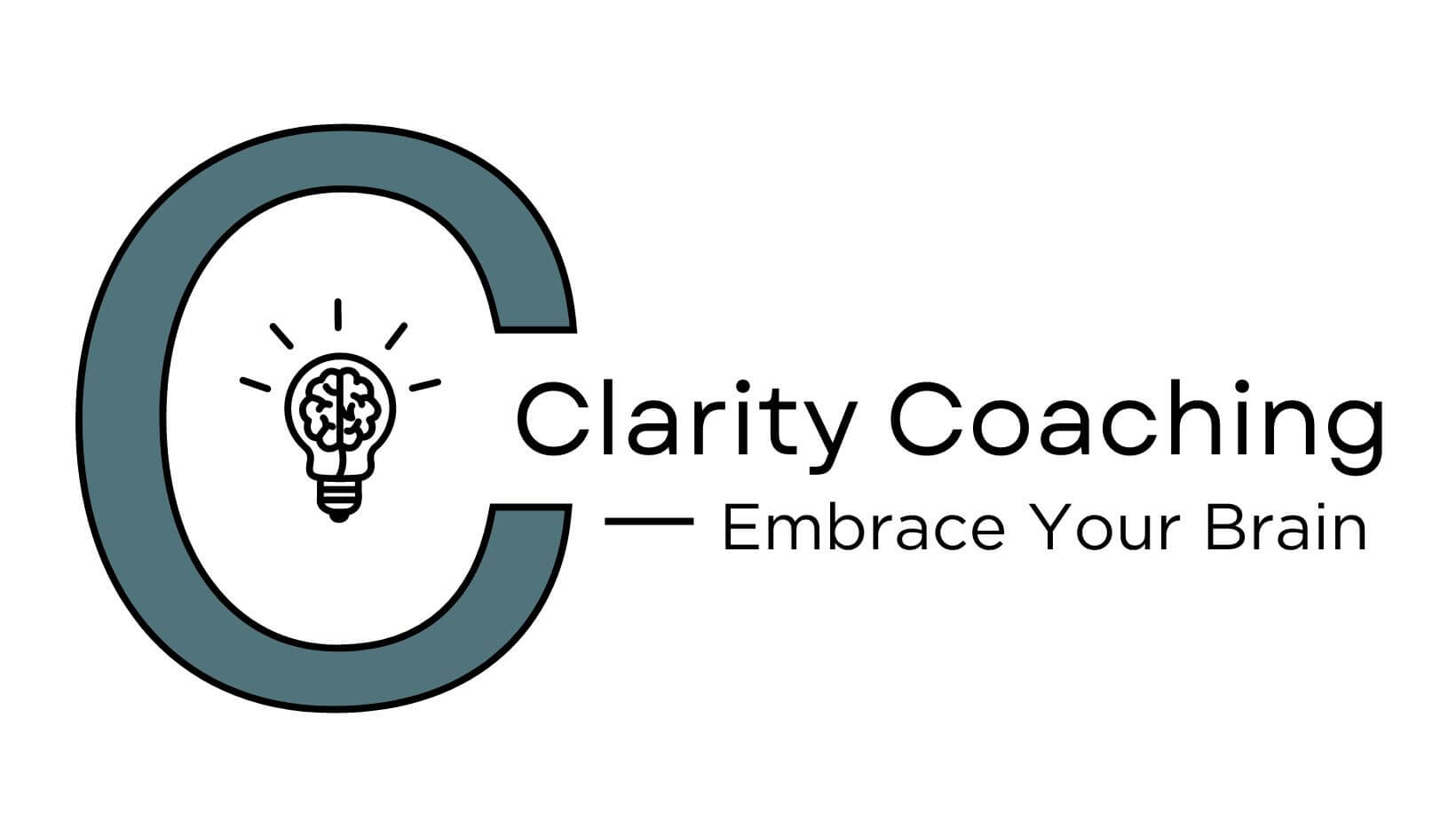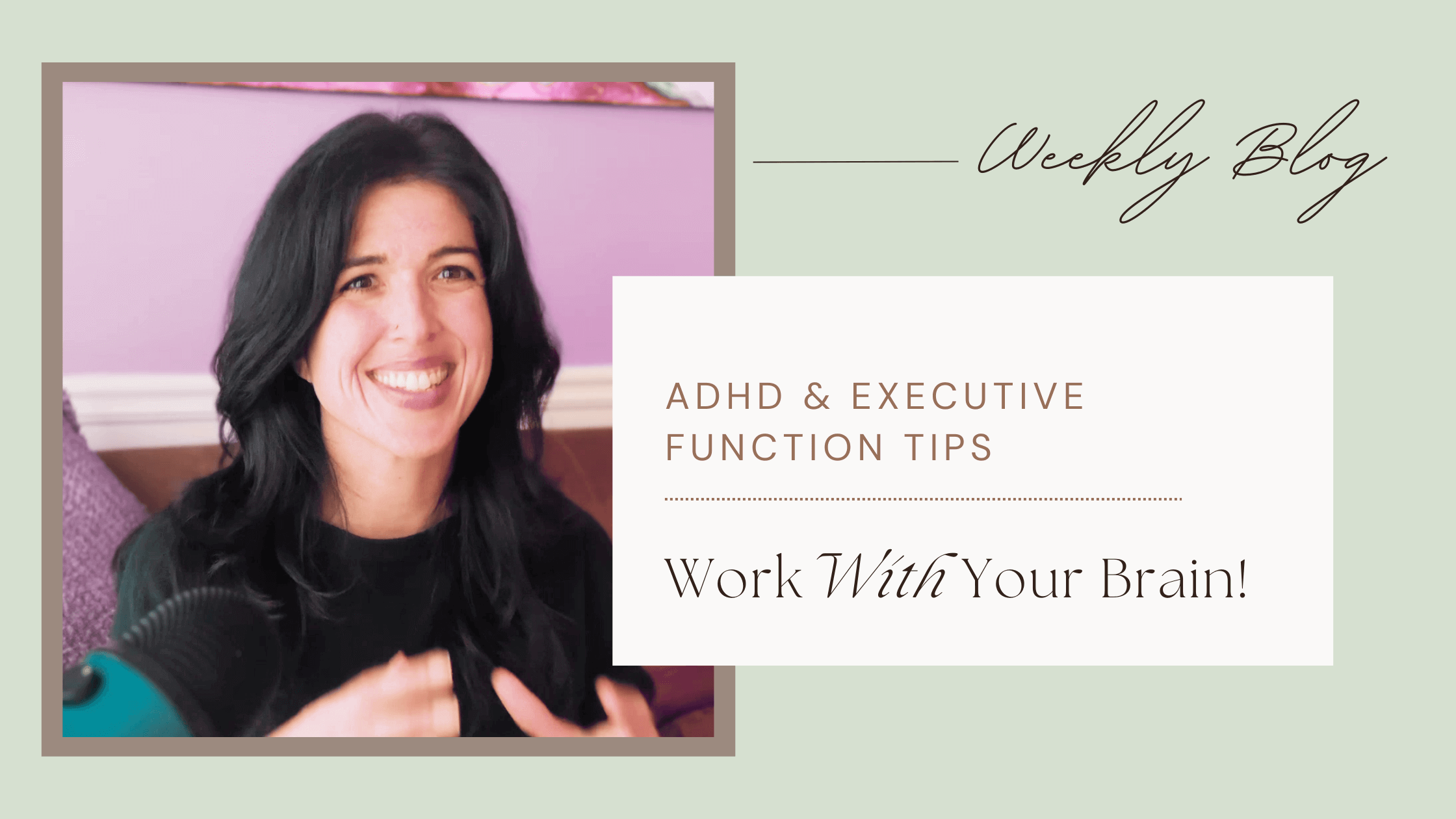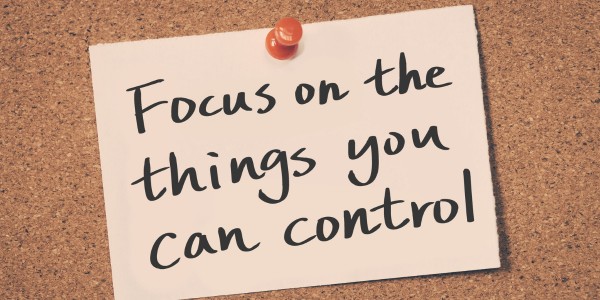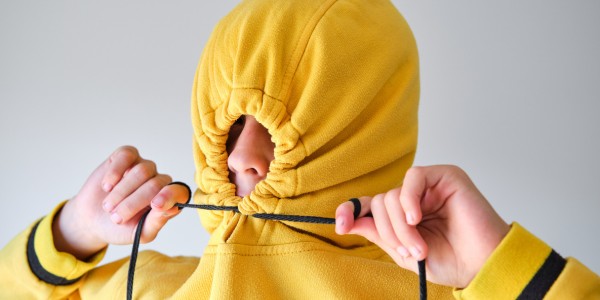
ADHD and the Cost of Masking: Why You’re So Tired All the TimeIf you have ADHD, you've likely spent a good portion of your life masking—suppressing or hiding traits to fit into environments that weren’t designed for your brain. In this episode, I’m diving into what masking really is, how it shows up in everyday life (like interrupting or stimming), and most importantly, what we can do instead to show up more authentically, while still respecting ourselves and the people around us.
If you have ADHD, there’s a good chance you’ve developed the skill of masking.
Masking is when someone (especially those who are neurodivergent) hides or suppresses parts of themselves in order to fit in.
That might mean holding back when you want to share, suppressing stimming behaviors like rocking or tapping, or trying to seem “much less” in a world that often tells you that you're too loud, weird, talkative, or impulsive.
Brene Brown described the difference between "fitting in" and "belonging" in her book "The Gifts of Imperfection": "Fitting in is about assessing a situation and becoming who you need to be in order to be accepted. Belonging, on the other hand, doesn't require us to change who we are; it requires us to be who we are."
Masking is a way many of us have learned to fit in.
Why We Mask
From an early age, many people receive the message that their ADHD traits are wrong or annoying. The world says:
"Stop doing that."
"That's weird."
"You're being selfish."
"You're too much."
So we learn to censor, play small and blend in.
But masking can come at a cost: burnout, disconnection, anxiety, and even missing out on spaces where we’d truly belong.
Masking vs. Problem Solving
Not masking doesn't mean we don't work on things that are getting in our way.
There are times that ADHD traits do impact us (and others), but if we approach those situations with a creative, curious, and collaborative approach that honors both ourselves and others, we can find real solutions that aren't not masking.

Example #1: Interrupting
Let’s take interrupting.
ADHD traits like impulsivity, emotional intensity, and poor working memory can all play a role here. If we fail to recognize this, we miss the why behind our interrupting (and therefore miss the support we need if we want to stop).
Without that why, we assume it's a character flaw and miss real solutions that support our brains.
Interrupting: A Masking Approach
Let's say you're chatting with a friend- they're telling a story and suddenly you're reminded of something you want to share with them.
If you interrupt in this moment, your friend might get the message that you're uninterested in what they're sharing.
If you approach this situation with masking, it would look like:
“Just stop. Shut it down. Don’t talk. Don't be selfish/ too much.”
Interrupting: A Collaborative Approach
A problem solving approach is different.
With this, you acknowledge both yourself and your friend. You recognize that interrupting in this moment has an impact you don't want and also that you need more support so you can show up authentically.
What Do You Need?
Maybe you're afraid you'll forget the story you want to share. How can you remember and still be present with them?
One idea is to loop your friend in- ask them to help you remember. "I have something that relates but I want to hear your story first- will you remind me?". You're keeping connection without having to shut down or mask.
It’s not about pretending your brain works differently—it’s about creating a system that supports both your needs and those around you.

Example #2: Stimming in Class
Stimming—repetitive movements or sounds that help regulate attention or emotions—is another area where masking shows up.
Whether it's rocking, tapping, humming, fidgeting, or even doodling, stimming is often misunderstood. A masking message says:
“That’s weird. It's not what others are doing. Stop doing it.”
My general philosophy is that if the stimming isn't impacting you or others, it's not helpful to change it.

The Importance of Assessing Impact
Impact on the Student
When I was in school, I would tip back in my chair. I needed this extra vestibular input to help me stay alert and focused since I tended to "get foggy" in class. My teacher asked me to stop for safety reasons. She wasn't wrong- one day I saw a fellow "tipper" overdo it and land on his back/ hit his head- but taking away that tool without replacing it wasn't ideal.
No Impact; No Need to Change
But the teacher who insisted I stop doodling to pay attention? She was off base. Doodling helped me pay attention! When I complied, I looked more like her idea of a "focused student"--but I was completely zoned out.
Impact on Others
Sometimes stimming does impact others (example: a student's stimming of making noises in class makes it harder for students around them to focus).
In this situation, we need creativity, not elimination.
Removing that behavior without replacing it with another regulation strategy encourages masking. Instead, we can problem solve by asking questions that respect everyone involved:
- Can we shift environments or seating?
- Is there a less disruptive stim that still helps?
- Can we have a conversation about mutual needs and problem solve (without shame)?
This isn’t about suppression or denial. It’s about mutual respect and dignity.
The Role of Intention
The line between healthy growth and masking is often intention.
- Masking says: “You are not okay. Hide who you are so people will accept you.”
- Problem solving says: “You’re doing your best. Let’s find a way to make this work—for you and others.”

A Personal Story
When I was applying to grad school, I masked hard during the interviews for my preferred program. I tried to be the perfect candidate and not show up as "too much"- I was completely focused on not oversharing, over-talking, or interrupting.
I didn't make it into that program.
And when I asked for feedback from the director, I was surprised by what I heard: They didn’t reject me for my test scores—the director told me that although I was a strong candidate, they didn't feel that they got to know me in the interview process. She said "we were left wanting more".
I almost laughed out loud when I heard that feedback- she had no idea how hard I worked at not sharing "more" of me!
That moment stayed with me. It was proof that masking didn’t just exhaust me—it blocked connection and maybe even some opportunities.
Final Thoughts
If you’re masking often, you’re not alone. It’s a survival strategy that many of us developed early on. But with awareness, we can start to choose authenticity and collaboration instead.
Ask yourself:
- Am I hiding something out of fear or shame?
- What need is underneath this behavior?
- Is there a way to support that need without shutting myself down?
Let’s move from masking to real support—where you can be your full self and connect with others.
Need more support ?
I can help.





















0 Comments